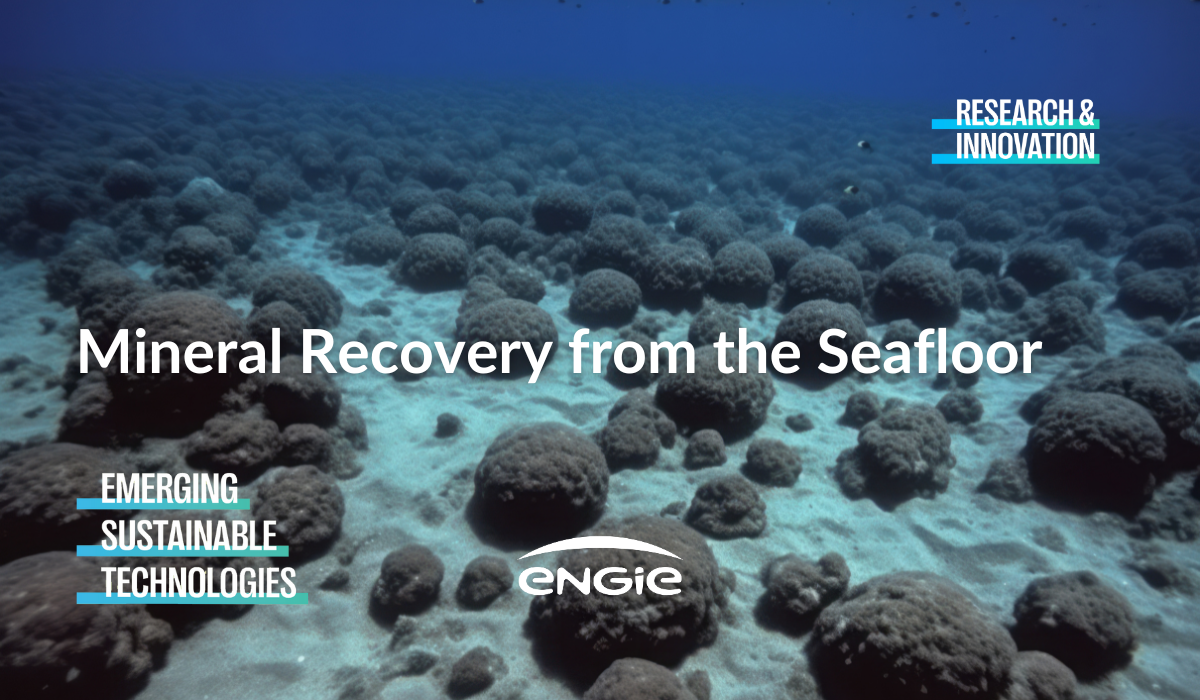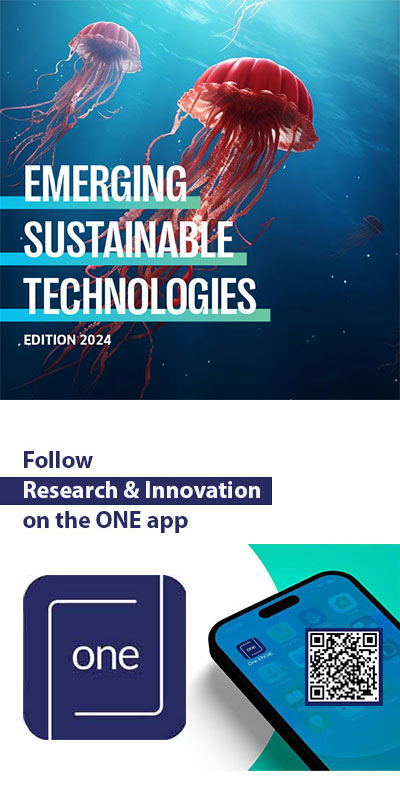


Seabed mining is subject to significant controversy, particularly regarding its environmental impacts.
Deep seas contain large mineral resources with high concentrations of metals including cobalt, manganese, copper, nickel, silver, rare earth elements and gold which may be the key to manufacturing the low-carbon technologies needed to generate clean energy.
These mineral resources are distributed according to the bathymetry:
Deep sea polymetallic deposits consist of:
- polymetallic nodules
- cobalt-rich ferromanganese crusts
- polymetallic sulphides
Conservative estimates have identified 21.1 billion dry metric tonnes of polymetallic nodules, holding up 600% of existing terrestrial reserves of cobalt, 340% of nickel, 30% of copper, and more than 100% of manganese.
Polymetallic nodules mainly occur in abyssal plains (4,000-6,500 m) where they are widely distributed. Marine polymetallic nodules are metal oxides precipitated concentrically around a nucleus. They are generally found at the sediment water interface on abyssal plains. These environments are characterized by stable physical conditions, with low sedimentation rates and current velocities. Nodules form extremely slowly, with a growth rate of 2–15 mm per million years (Levin et al., 2016).
Cobalt-rich ferromanganese (CFC) crusts are often located at the summits & on the slopes of seamounts. Cobalt-rich ferromanganese crust formation is dominated by hydrogenetic processes. They form due to slow deposition of metals out of sea water and are characterized by a high concentration of base metals and varying Mn/Fe ratios. The precipitation from bottom waters is extremely slow, with growth rates of 1–5 mm/My. According to the USGS 2017[6], ferromanganese crusts are less extensive than nodule fields and are restricted to seabed topographic highs, such as volcanic edifices, seamounts, and ridges. Crusts are found at water depths of 400 to 7,000 m; the thickest and most metal-rich crusts are found at depths of between 800 and 2,500 m.
Polymetallic sulphide deposits form at hydrothermal vent sites (1,000-4,000 m water depth) & are important sources of metals found on the ocean floor. Polymetallic sulphide deposits form at hydrothermal vent sites where superheated water from the Earth’s mantle interacts with the cold ocean water, resulting in the precipitation of metal sulphides, forming deposits on the ocean floor. Polymetallic sulphide deposits are found in different regions of the ocean floor, primarily along mid-ocean ridges, back-arc basins, and active volcanic arcs. The distribution of these deposits is influenced by the tectonic setting and the geological characteristics of the region.
There are several areas of concern with regards to potential environmental impacts of seabed mining:
- Direct alteration of destruction of deep sea habitats.
- Impact on species or ecosystems by sediment plumes, which are generated by deep sea mining and may disperse sediment for hundreds of miles.
- Impact on various species due to noise, vibrations and light caused by mining equipment and vessels.
Read more and discover more innovative technologies, their advantages and their challenges
in ENGIE’s 2024 report on Sustainable Emerging Technologies: